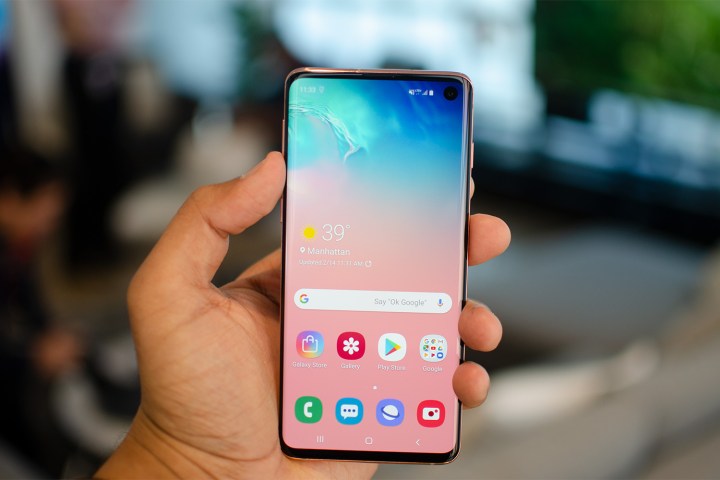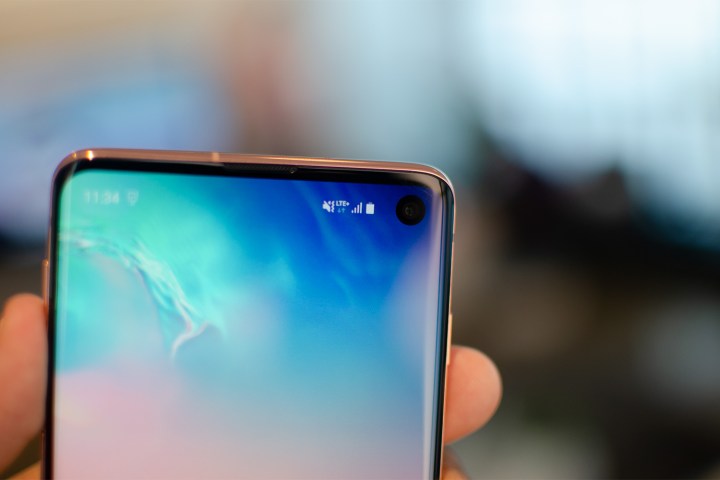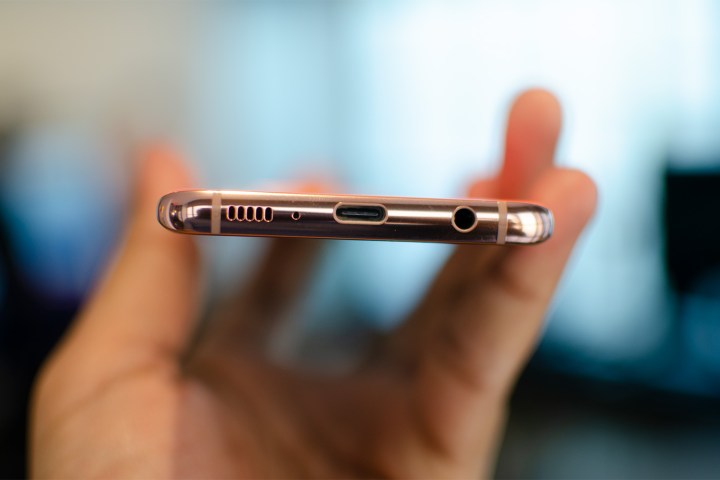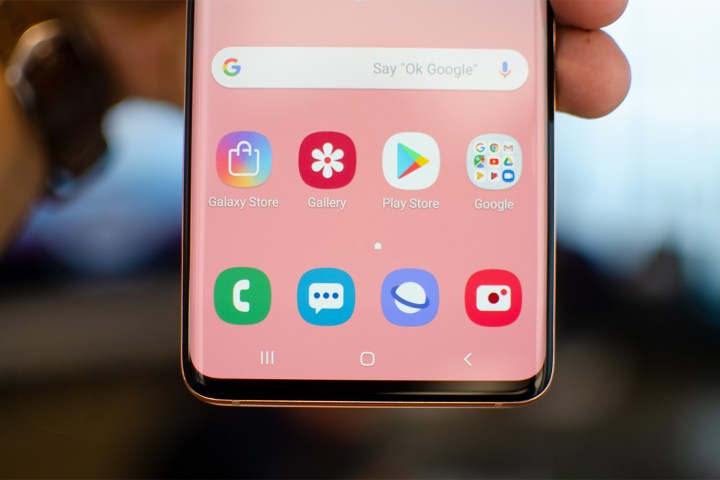We knew that Samsung would unpack something special on the tenth anniversary of the original Galaxy S smartphone and we were not disappointed. The Galaxy S10 line-up is a dazzling wave of cutting-edge tech. There’s an awful lot to admire here, making this a seriously tempting smartphone, but no device is perfect and the S10 does have a few weak spots. Overall, the good certainly outweighs the bad; here are the things we like and the things we don’t like about Samsung’s Galaxy S10.
We like the incredible display

Samsung’s Super AMOLED screens have been the best in the business for years now, but just as it seemed the competition was catching up, Samsung has upped its game. The Dynamic AMOLEDs in the S10s are the first HDR10+ certified panels in smartphones. Samsung’s displays also remain the brightest, at up to 1,200 nits according to DisplayMate, which also praised the unparalleled color accuracy. They offer the best contrast ratio, too, at 2,000,000:1 according to VDE Germany. Worried about that vibrant screen damaging your eyes? Samsung has thought of that as well, reducing blue light by 42 percent through its TÜV Rheinland-certified Eye Comfort display.
If you feel skeptical reading that, your doubts will melt away when you lay eyes on this display, because it’s gorgeous. Samsung has also elegantly avoided the notch, skipping straight from bezels to a hole-punch camera it calls Infinity-O. The S10 has an almost entirely screen frontage that looks distinctly futuristic and elegantly minimal.
We like the versatile camera

The race for the best smartphone camera has been intensifying and Samsung has thrown itself back into the mix with a triple lens main camera that adds two extra lenses to last year’s 12-megapixel standard lens with variable aperture (f/1.5 to f/2.4). There’s now an ultrawide 16-megapixel lens with a 123-degree field of view and an f/2.2 aperture, and a 12-megapixel telephoto lens with an f/2.4 aperture that allows for 2x optical zoom.
If you want to capture a wide shot that takes in a cityscape, zoom in on your kid on stage at the school play, or get the best quality you can in a low light party environment, then the S10 camera has got you covered. This is a seriously multifaceted camera setup. Samsung has enhanced it further with artificial intelligence that can optimize your shots for different scenes and suggest what you might to do to improve them.
We don’t like the slow Android updates

We’ve been relieved to see the scaling back in Samsung’s software skin, from TouchWiz to Experience and now to the One UI. There’s definite progress, though this is still a far cry from stock Android. You may feel Samsung adds value in places, but some of its own apps and features can feel superfluous. The big problem with this insistence on an alternative skin is that it slows down software updates.
Google’s Pixel phones will get the freshest version of Android the day it’s released, but Samsung devices can wait six months – as the Galaxy S9 just did to get
We like the speedy connectivity

Although
We like the reverse wireless charging

Samsung was an early adopter of Qi wireless charging in its phones and now it has gone a step further with Wireless PowerShare. Not only will your Galaxy S10 happily and speedily charge up on a wireless charging pad, but it can also serve as a wireless charger for another phone or any other Qi-certified device. It will even wirelessly charge an
We don’t like the limited fast charging

Maybe it’s the memory of the Note 7 battery debacle and recall, but Samsung is seriously lagging behind when it comes to fast charging. A number of flagship phones last year offered Qualcomm’s Quick Charge 3.0 and some even offered Quick Charge 4.0, while other hit similar or faster speeds with own proprietary fast charging technology, but Samsung has stuck with Quick Charge 2.0 in the Galaxy S10. The fact that its wireless charging is almost as fast as its wired seems particularly strange when you consider that the forthcoming S10
We like the ultrasonic fingerprint scanner

Creating elegant designs is sometimes about stripping away elements and Samsung has gotten rid of the standalone fingerprint sensor in the Galaxy S10, which sat below the camera suite on the back of its predecessors, by assimilating it into the screen. While we have encountered problems with in-display fingerprint scanners in other phones so far, the S10’s promises faster and more secure performance. In fact, it’s secure enough to be used for Samsung Pay purchases.
We like the faster app loading

Most manufacturers talk up artificial intelligence in their phones, but it rarely translates into real utility. It sounds as though Samsung’s intelligent performance could be different. The S10 is supposed to employ A.I. to optimize your battery, CPU, RAM, and device temperature based on how you use the device. This should help you get more from your phone and it also translates to things like your favorite apps being quicker to load.
We don’t like the price
The Samsung Galaxy S9 started at $720, but the base model of the Galaxy S10 costs $900. That’s a big jump. The
Editors' Recommendations
- Samsung has a new (and cheaper) way to buy the Galaxy S23
- Samsung’s Galaxy AI is about to get a lot more useful
- Samsung’s newest Android tablet is a perfect iPad alternative
- A new version of the Samsung Galaxy S24 could be coming soon
- Galaxy AI is now available for these other Samsung phones



